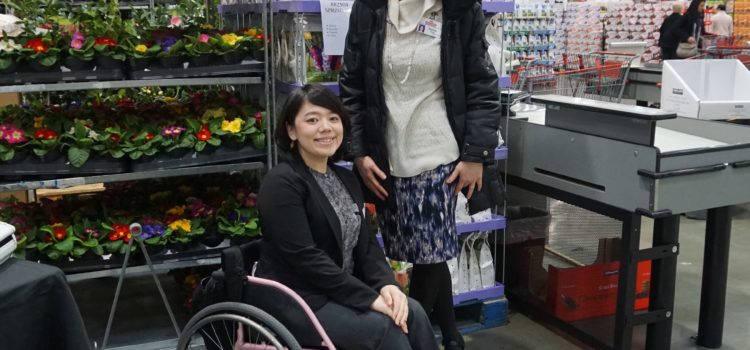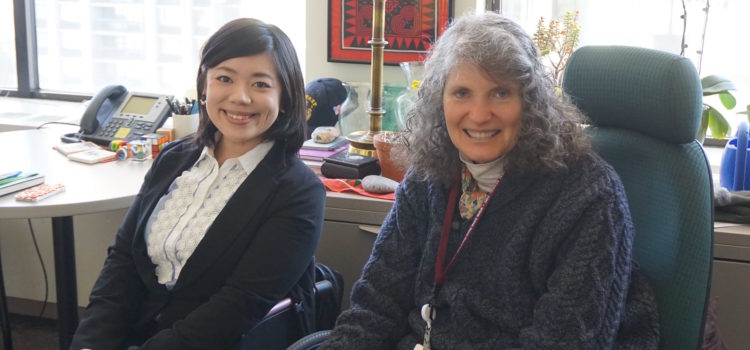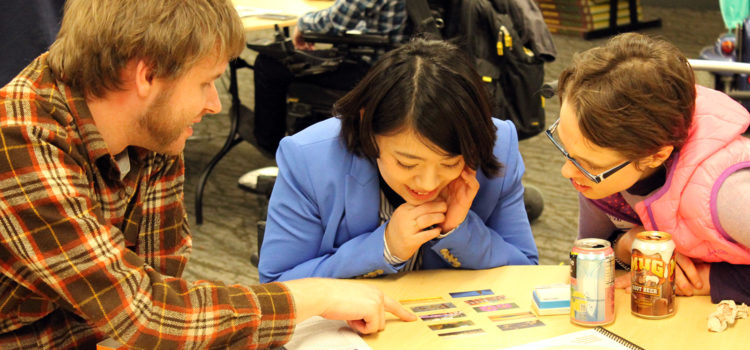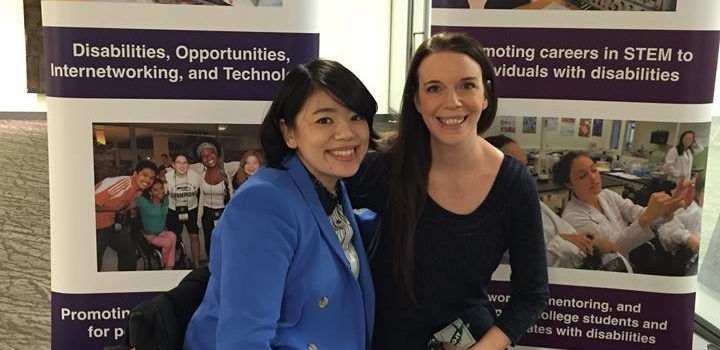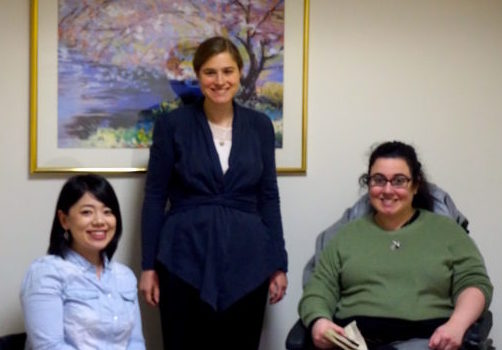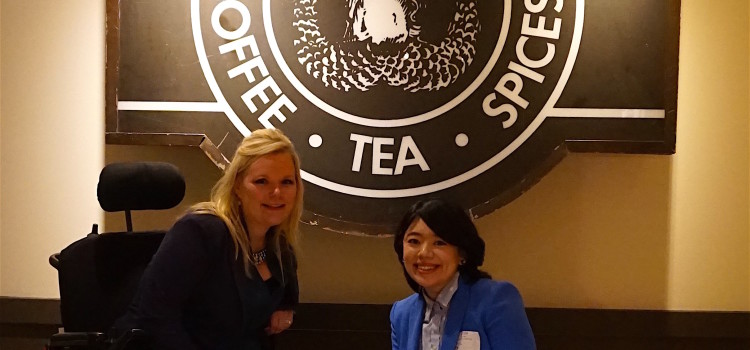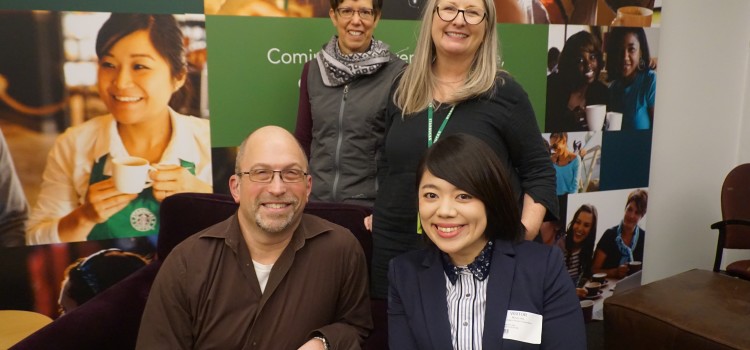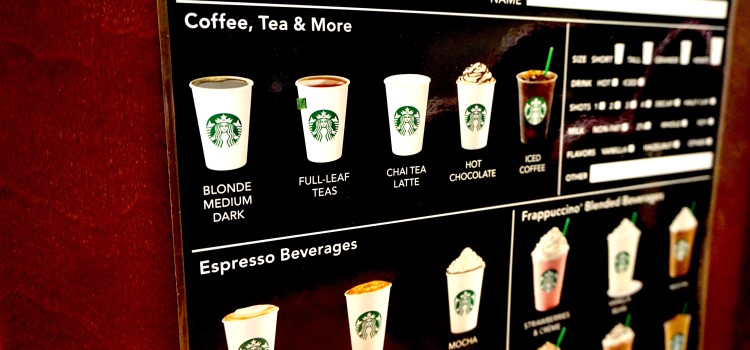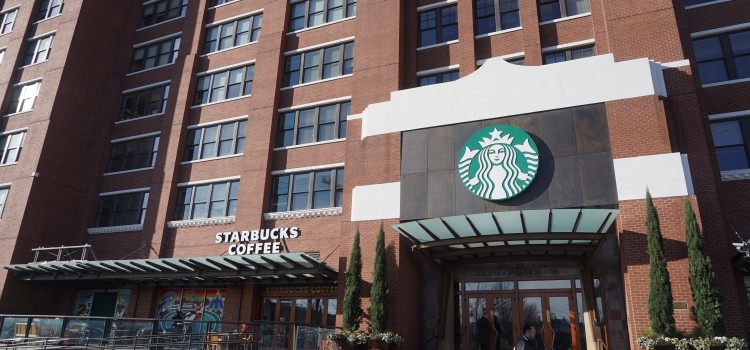The last company I visited in Seattle is Costco. The headquarters is located in Issaquah, which is 30-minute drive east from Seattle. I interviewed Brenda Weber, Assistant Vice President of Human Resource. At Costco, the vast majority of employees work at warehouses, which requires more physical movements as an essential function of the job. Those jobs might not link with employment for people with disabilities in Japan. However, Brenda estimates that there would be at least one employee with disabilities at each warehouse of Costco. Unlike Japan, US does not have a quota system for hiring people with disabilities. Then what kind of hiring process does Costco have to hire talented applicants including ones with disabilities?
Employees with Disabilities Working Professionally at Store ~Costco Part 1~
